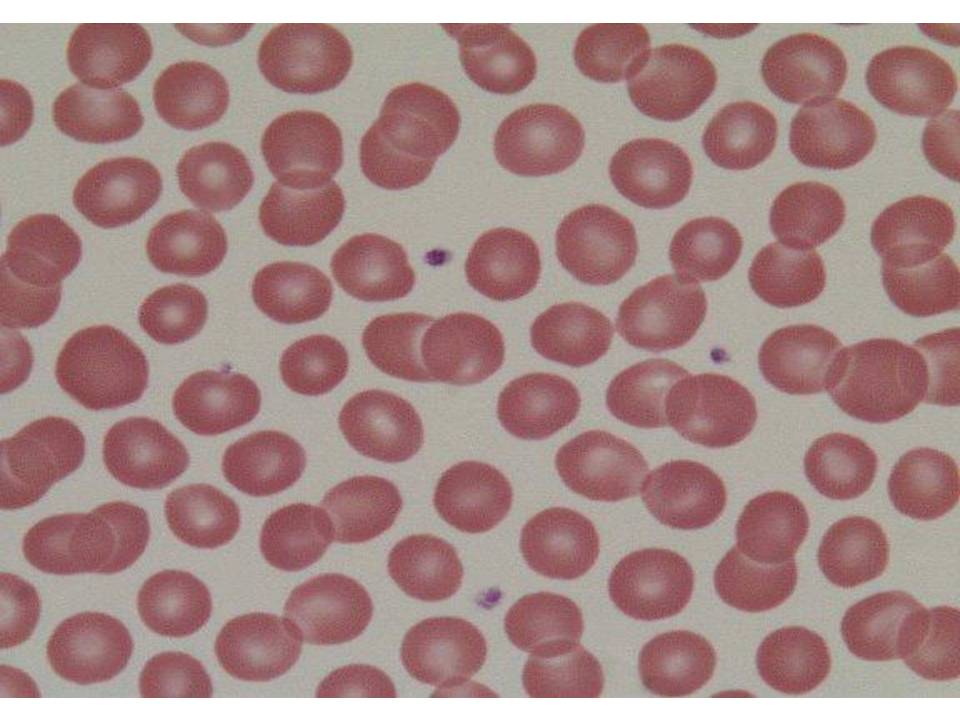The circulating red blood cells (RBCs) are produced by the bone marrow, stored in the spleen and circulate in the blood vessels.
Life span of the erythrocytes
The lifespan of the erythrocytes in human is varied from 90-120 days,. However, in animals the lifespan varies according to the animal species (in cattle 150 days, in equine 145 days, in feline 70 days). Under normal condition, the net RBCs count is determined by the rate of production and the rate of destruction of old RBCs, the two rates are in balance.
1- Physiological increase in RBCs count
Exercise
A temporal increase in the RBCs count occurs after exercise. The increase in such condition occurs due to hypoxia and the contraction of the spleen. Counts return to normal after sufficient time of rest.
High altitude
The inhabitants of mountains (above 10.000 feet from mean sea level) have an increased RBCs count of more than 7 millions/cu mm. This is due to hypoxia in high altitude. During hypoxia, the erythropoietin is released from the kidneys. Erythropoietin stimulates the production of erythropoietin from the kidney, which in turn stimulate the bone marrow to produce RBCs.
Excitement and Stress
Emotional condition, fear or excitement stimulates the release of adrenaline from the adrenal gland, which stimulates the contraction of the spleen.
Age
At birth, the RBCs count is 8 -10 millions/cu mm of blood, within 10 days after birth, the count decreases due to destruction of cells causing physiological jaundice in some infant. However, in growing children, the cell count is higher than the value in adults.
Sex
The red blood cell count in males is similar to females before puberty and after menopause. The RBCs counts in females after puperty is less than in males (4.5 millions/cu mm).
High Environmental Temperature
High environmental temperature increases the RBCs count.
After Meals
The RBCs count increased after meals.
2- Physiological decrease in RBCs count
High Barometric Pressures
At high barometric pressures as in deep sea, the RBCs count decrease in response to the the high oxygen tension of blood.
After Sleep
The red blood cell count decreases slightly after sleep.
Pregnancy
In pregnancy, the RBCs count decreases. This is because of increase in extracellular fluid volume, and increase of the plasma volume, which result in hemodilution, and consequently a relative reduction in the red blood cell count.
All the above factors are physiological factors that affect the RBCs count and must be taken into consideration before performing complete blood counts. At the time of the hematological analysis, all the physiological factors except age, sex, pregnancy will return to normal by excluding the cause of the temporal increase in the RBCs count. It is necessary to collect a blood sample from the patient after at least 30 minutes from arrival to the laboratory.
Prof. Mahmoud Rushdi
Assiut University-Egypt
